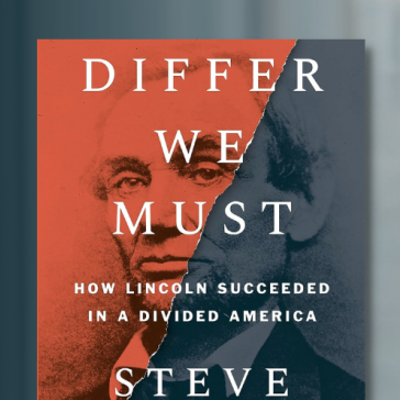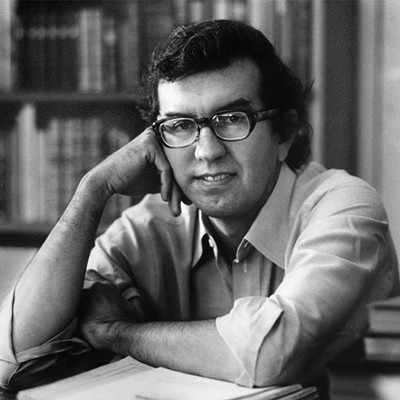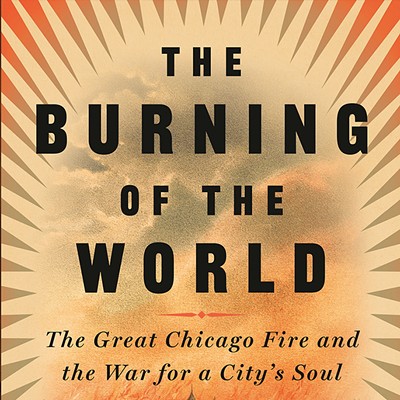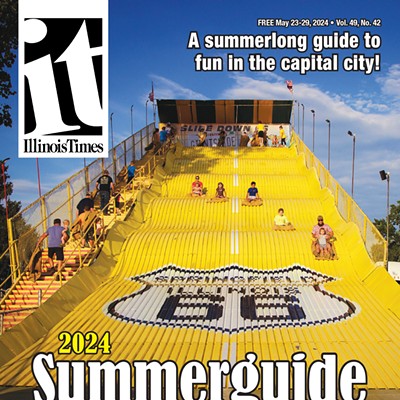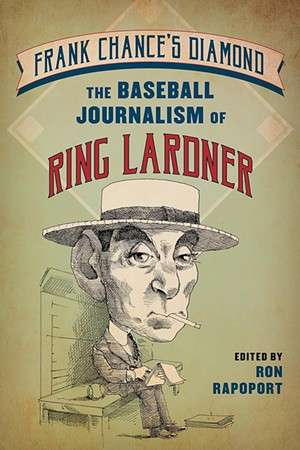
Carved on the fourth-floor frieze of the Illinois State Library are the names of 35 Illinois authors selected by a committee to recognize the contributions of writers associated with Illinois. Some names, Hemingway, Bellow and Lincoln, are easily recognizable. Others require slightly more thought.
Ringgold Wilmer Lardner came to Chicago by way of Niles, Michigan. There was no journalism school for the writer who would become nationally known as Ring Lardner. His first newspaper job was for the South Bend Times and he would eventually come to Chicago where he began writing for the Tribune. In 1913, he was assigned to write a column on the Tribune sports page that has continuously appeared on the front page of the sports section for 117 years. Titled "In the Wake of the News," the feature has been written by sportswriting luminaries, including Hugh Fullerton, Arch Ward, Dave Condon and Skip Bayless.
At the height of his career, Lardner's baseball articles reached millions of Americans. He was syndicated in more than 100 newspapers across the nation. But Lardner was far more than a sportswriter. Between 1913 and 1919, when he left the Tribune, Lardner authored eight books and countless short stories. Later, he wrote a Broadway play at the suggestion of George S. Kaufman and even included lyrics for the songs that were part of the presentation. Lardner would die at the age of 48, succumbing to heart disease. He left behind a legacy of writing.
Frank Chance's Diamond: The Baseball Journalism of Ring Lardner is Ron Rapoport's second collection of Lardner's writing. He previously edited The Lost Journalism of Ring Lardner, published in 2017. It included Lardner's early work as well as his nationally syndicated weekly sports column that covered many of the greatest sports events of his era, including the championship fights of Jack Dempsey, the World Series and even the America's Cup. But Lardner wrote about more than sports. He wrote about politics, Prohibition and war, using parodies, poems and personal observations to portray American life.
Some of America's greatest writers trace their writing baptism to sports. Award-winning biographer David Maraniss, whose subjects include Presidents Clinton and Obama, has also written biographies of sports legends Vince Lombardi, Roberto Clemente and Jim Thorpe. The art of sportswriting comes from describing for readers an event where, even knowing the result, they read such an enthralling and entertaining account that makes them wish they had been there. Lardner was such a writer.
In Lardner's early career in Chicago, baseball was truly the only game in town. The NFL, NHL and NBA were decades from creation. Coverage of college sports was limited, and television was only a futuristic dream. There were multiple newspapers in Chicago and other cities and teams of reporters covered the games. Lardner's stories often included play-by-play coverage in addition to his observations about players and their lives on the road.
Rapoport has chosen to include for readers columns that focus on baseball greats Christy Mathewson, Ty Cobb, Babe Ruth and Three-Finger Brown. In addition, players not so well recognized garnered Lardner's attention. Lardner's style is epitomized in a column he wrote for the Tribune in October 1917, as the White Sox were preparing to battle the New York Giants in the World Series. It was written in the style of a war correspondent with Lardner dropping in his own intentional grammatical miscues, a regular component of his writing.
During Lardner's tenure in Chicago, both the Cubs and White Sox were successful teams. The Cubs won six pennants in the first decades of the 20th century. They won the World Series in 1907 and 1908, and the 1906 team, defeated by the White Sox in the World Series, had the highest winning percentage in baseball history. The White Sox of that era won the World Series in 1906 and 1917. Lardner covered it all, including the 1919 White Sox and the eventual "Black Sox" scandal that would forever change baseball.
Lardner's writing reminds readers of a journalism style that has disappeared from American writing. On his death at age 48, his friend, Scott Fitzgerald, observed that Lardner's achievements fell short of his actual talent. Fitzgerald thought it was because Lardner spent so many years "in the company of a few dozen illiterates playing a boy's game."
But Fitzgerald had it wrong. Frank Chance's Diamond puts Ring Lardner in the proper context. It offers great insight into one of America's eminent sportswriters. His writing was a journey into authentic America, a locality writers rarely seem to visit anymore. Lardner treasured baseball, and his writing reflects his adoration for a game that many baseball fans no longer recognize but still love.
Stuart Shiffman of Springfield covers baseball and books for Illinois Times. His review of Ron Rapoport's biography of Ernie Banks, Let's Play Two, appears in the March 28, 2019, edition, available at illinoistimes.com.




